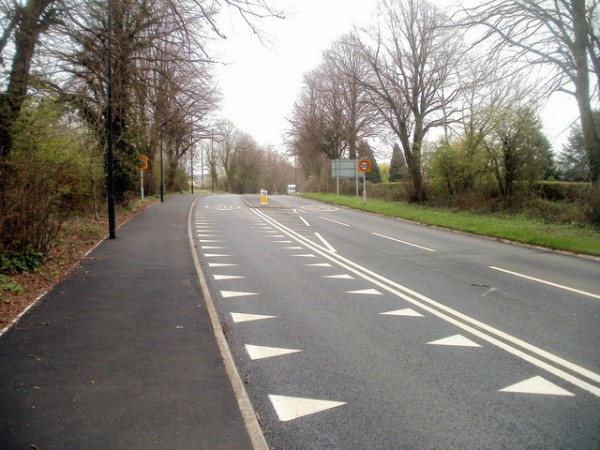Road transport is one of the main transportation means today judging from the number and length of roads around us. It is, however, important to remember that even though road transport is vital to our modern way of life, it is known to be dangerous and claims thousands of lives each year.
Road safety is one of the main aspects of road use. All roads need to be built to the highest quality, and even more importantly, properly marked for the safest use. Both pedestrians and motorists use designated parts of roads, and road markings are essential in demonstrating this designation. Road paint is used to make road markings for safe road use.
What affects the Durability of Road Paint on Road Surfaces?
Road paint is designed to withstand the most demanding conditions dictated by the elements including rain, snow, sunlight and even wind. Road use also plays an important role in the durability of different types of road paint.
Tire types, number of vehicles passing over the markings as well as their weight also have a bearing on how quickly road markings wear off the surface. Other factors to consider include contact with chemicals, petrol, diesel and motor oil among others. It is vital for road markings to stay visible for a reasonable amount of time before new markings are needed.
With the above in mind, it is clear to see how durable road paint needs to be. Below we will look at some of the main components of the paint. It is important to note that road paint is usually made up of components with specific characteristics and functions. These characteristics give the paint its own general characteristics as well.
Pigments
The pigment is the part of the paint that gives it its distinct colour as well as some chemical properties such as ultra violet stability. Pigments are divided into two i.e. prime pigments and extender pigments. The prime pigments usually from the main hiding colour and hiding component in road paint while extender pigments are used as fillers to supplement the expensive prime pigments.
Binders and Resins
These represent the glue, which holds the pigments together, and also act as the adhesive holding the road paint onto the road surface as firmly as possible. There are varying types of resins giving different types of road paint different characteristics. The resins are made into liquid form using emulsifiers.
Solvents
Since the emulsions made by mixing the pigment, resin and emulsifiers do not usually mix together, solvents are used to hold the emulsions and other components together until the road paint is applied on a surface. Solvents need to evaporate for the mixture to come into contact with the ground and adhere to the same.
Other Additives
To make sure that the road paint stays in perfect condition additives are used to eliminate problems such as foaming, freezing and even settling.
Traffic paint also comes in other forms, such as waterborne and solvent based products. Brands like Ennis-Flint have also developed paints specifically designed for integration with large reflective glass beads.
Article courtesy of Ennis-Flint – the global leader in road traffic safety solutions.
